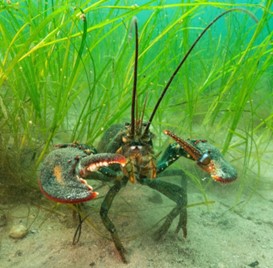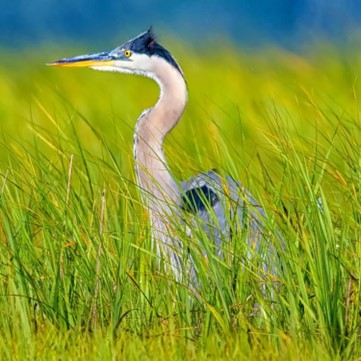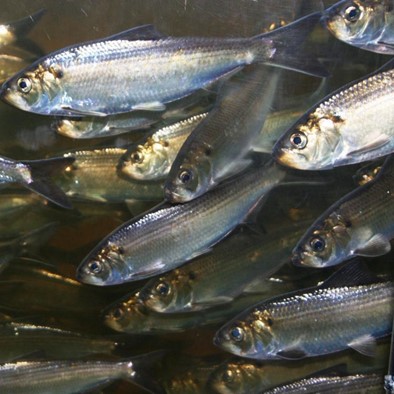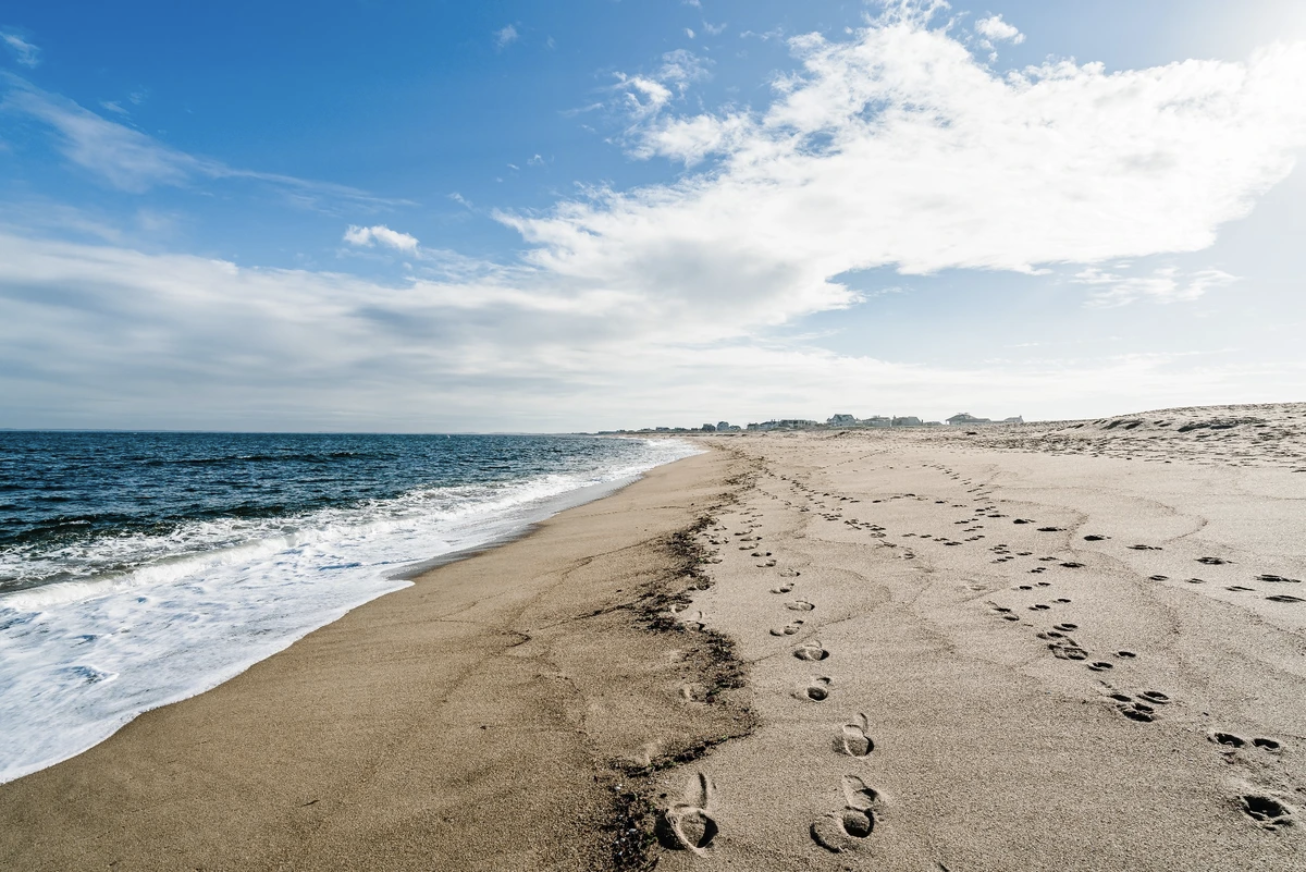About the Bays
Habitats in the Bays
The MassBays study is large and complex, and its geomorphology supports many habitats that are critical to the health of our estuaries. These include tidal and brackish wetlands, rivers, eelgrass meadows, salt marshes, diadromous fish spawning habitat, tidal flats and rocky intertidal. In many parts MassBays, these habitats are threatened by increasing population and associated infrastructure development, increasing demand for coastal recreational and commercial uses, declining water quality, and more invasive species.
The health and condition of these critical estuarine habitats serve as indicators of environmental conditions in the bays, and we established long-term goals (2050) in our Comprehensive Conservation and Management Plan. Learn more about each of these habitats below.

Eelgrass is a flowering marine plant that typically grows in shallow, protected estuaries, forming underwater “meadows.” Eelgrass meadows protect sea creatures like fish and lobsters when they are young and while they lay eggs and also provide food. With their extensive root systems, eelgrass meadows stabilize the sea bottom and reduce erosion. As a plant, eelgrass generates energy through photosynthesis, producing oxygen and storing carbon. Eelgrass improves water quality as the leaves absorb some pollutants and excess nutrients and cause fine sediment to settle out of the water. In the MassBays study area, eelgrass beds are increasingly threatened by dredging, pollution from stormwater runoff and wastewater, and even boat moorings.
Diadromous, or migratory fish, either begin life in freshwater and spend the majority of their life in the ocean, returning to freshwater only to spawn and lay eggs (herring, smelt, shad, brook trout, and sturgeon, for example) or do the opposite – starting their life in the ocean and spending most of their life in freshwater, then returning to the ocean to spawn (for example, American eel). Habitat for Diadromous fish includes the streams they rely on for migration, as well as the areas in which they live and spawn.
Most migratory fish become food for larger fish and other wildlife, playing a key role in the food web both at sea and inshore. Historically, river herring especially were a core component of indigenous peoples’ diet; currently, only state- and federally recognized tribal members are allowed to harvest them, to preserve the remaining population.
MassBays’ study area includes many miles of streams for migration, and ponds known to shelter diadromous fish. Threats to these resources are varied: physical barriers like dams, tide gates and culverts restrict passage and water flow; broken fish ladders also block migration, and some make migrating fish easier targets for predators. Dredging and development close to riverbanks often degrade spawning and nursery areas, while stormwater runoff and wastewater discharges introduce pollution.






